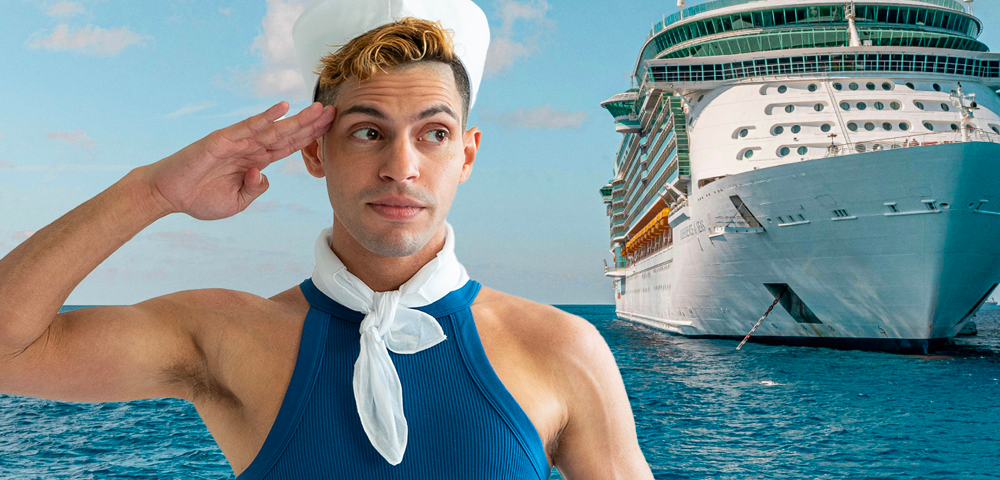
Close to home
It’s been five years since Ray Lawrence’s award-winning Lantana was released but his new film Jindabyne could be thought of as its companion piece.
In Lantana, unravelling the mysterious death of an unidentified woman laid bare five different couples. In Jindabyne, a woman is killed but Lawrence is not interested in resolving the question of who is responsible for her death.
Four men set out on an annual fishing trip in isolated country outside the town of Jindabyne. It’s intense landscape they adore for the ritual men’s business it offers them.
Billy (Simon Stone), the youngest of the four, thrilled at being invited on his first trip with the old blokes, declares he’d love to show the territory to his girlfriend.
He’s abruptly reminded of the No Women Allowed rule. It’s a rule that’s broken not long after by the discovery of the body of a murdered woman in the river by Stewart (Gabriel Byrne).
It’s as if violation of this No Women Allowed rule is non-negotiable for the men, even in the context of a dead body. Having tethered the floating body to a tree in the river, the men continue fishing for another day before reporting it to the police.
The way men deal with this woman’s dead body and the consequences of this upon their return to town is what lays relationships bare in Jindabyne. It prises everything else open.
Billy is the only one who talks on return to town. He’s the youngest and most open about himself. He’s completely unabashed by the fact that his girlfriend, Elissa, played by Alice Garner, used to be a lesbian.
It’s a fact that appears to offer some light comic relief to the film’s dark subject matter for the old blokes who’ve been cultured differently.
The other men mostly remain tight-lipped and ambivalent on return, in true Aussie masculine style, burning up all the while deep inside.
Their repression finds its companion in the town of old Jindabyne submerged beneath the lake created for the Snowy Mountains hydro-electric scheme.
The lake also becomes a metaphor for Australia’s inability to deal with its history.
The dead body turns out to belong to a 19-year-old local Aboriginal girl (played by Tatea Reilly).
Lawrence and collaborators make an incredible use of natural light to give the landscape a certain terror before any of the bad actions we witness have properly manifested in it.
It’s a whitefellas view of Outback Australia that gives us people driven to unspeakable acts by such an overwhelming, lonely landscape where no one can hear you scream.
We see this a lot in our cinema and it’s a fairly tired perspective. But it has a larger point for Ray Lawrence when it comes to the examination of human relations.
Lawrence is not interested in heroes in any of his films. That’s because, he insists, in real life he doesn’t know any.









